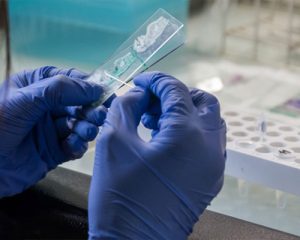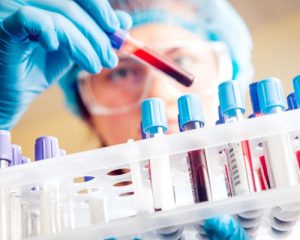 Introduction
IntroductionThe objective of this guide will be to advance the understanding of diagnostic testing techniques among medical laboratory students. By combining theoretical knowledge with practical applications, practical safety laboratory protocols, and involving assessment questions that aim to better learning, learners will have a deep understanding of the various testing method points.
Every section focuses on the different varieties of testing methods in its attempt on principles and applications and also the possible limitations, and it is good for a learner’s better perception regarding the subject.
Diagnostic testing is a critical part of medicine that aids in disease identification in patients and ascertains the effects of treatment. The modes of laboratory testing have undergone significant change over time, and all these improvements were attributable to advancements made in technologies, together with the knowledge evinced in human biology.
This part provides a very useful demonstration regarding how diagnostic tests relate to clinical practice, and it also indicates the difference between screening tests on the one hand and diagnostic tests on the other and says why test selection should be population- and clinical context-based.
This section provides the kinds of diagnostic tests that fall under different laboratory categories such as biochemical, hematological, microbiological, and genetic testing principles as well as their application under different clinical scenarios.
Biochemical testing is the practice of examining sources of fluids and tissues of man for chemical substances closely associated with illness. Test types, as well as methodologies, and relevant examples accompanying use in clinical scenarios, are explored over principles of spectrophotometry, MS, and enzyme immunoassays and the principle underlying these techniques.
This area will refer to investigations of blood components. The first aspect will cover complete blood counts, followed by coagulation studies, which treats their relation to blood smear examinations.
Microbiology tests are used to seek out pathogens. In addition to this, the use of culture methods, seralogical tests and molecular diagnostics will be underlined among other important implications to infectious disease management.
Genetic testing has evolved greatly and has been put into use for the scope of this part in diagnostics, prognostics, and personalized medicine. How PCR, what sequencing does, and how the tests are used in the clinical field
 ratory Safety Regulations
ratory Safety RegulationsLaboratory inscription ensures the safety of laboratory practitioners as well as the accuracy of diagnostic results. In that regard, rules will not just give guidelines for safety standards, but they also will ensure safety, including using the right protective equipment (PPE). Moreover, specific rules for waste disposal and emergency responses are also part of laboratory protocol.
For reducing exposure to harmful chemicals, Personal Protective Equipment (PPE), such as lab coats, gloves, safety glasses, etc., is especially important.
The disposal guidelines for trash germs, chemical waste, and sharps must be observed.
Laboratories should be equipped with the emergency plans, evacuation location signs, first-aid, and safety drills.
Quality control is fundamental in that it ensures the accuracy of results in the diagnostic test.
This section talks about different quality control practices such as internal and external QC processes as well as calibration procedures. It also emphasizes the significance of PT programs, which when used properly, can effectively maintain high standards.
It is considered vital for quality control to monitor laboratory processes to check that no error occurs, which will foster reliance in diagnostic results.
Daily checks are done within the laboratory based on the use of control samples and chemicals.
OP changes are included in these programs. These programs assure significant progress since the signed agreement with registration bodies all start.
Integrating theory with practice is essential for medical laboratory students. This section presents case studies that illustrate real-world applications of diagnostic testing methods. Each case study provides context for the tests used, outcomes achieved, and lessons learned.
This case study explores how biochemical tests are pivotal in the monitoring and management of diabetic patients, reviewing the use of HbA1c tests.
This section discusses the impact of microbiological testing in diagnosing and controlling infectious diseases, focusing on a specific outbreak.
To consolidate your understanding of diagnostic testing methods, please answer the following questions:
Understanding diagnostic testing methods is vital for future medical laboratory professionals. This guide consolidates comprehensive theory with practical applications, emphasizing the importance of safety, quality, and real-world relevance in laboratory practice.
Include literature and resources for further reading that offer additional insights into diagnostic testing methods and best practices in laboratory settings.